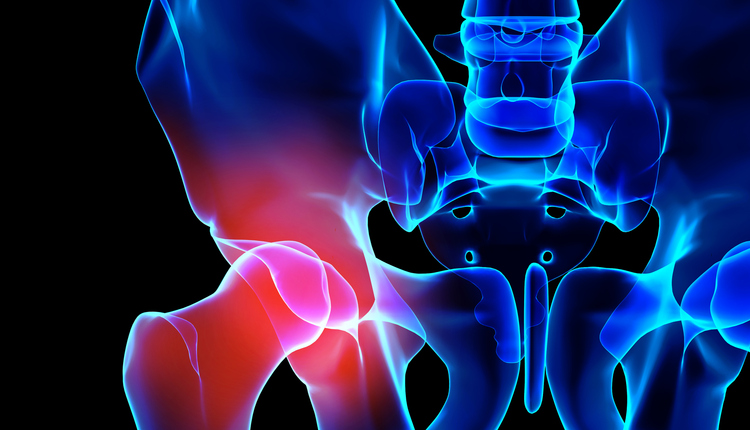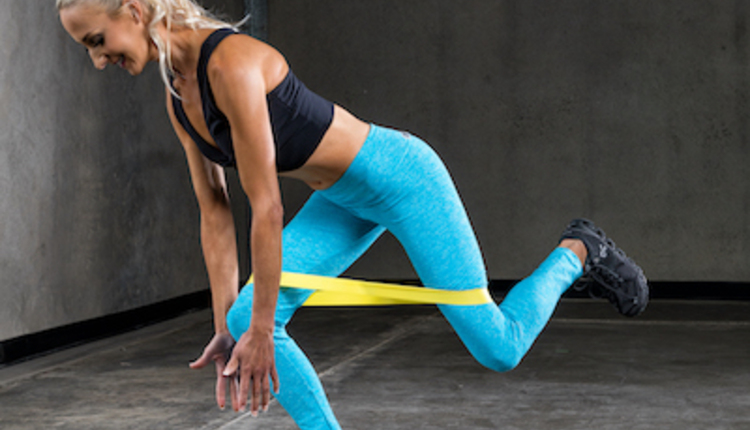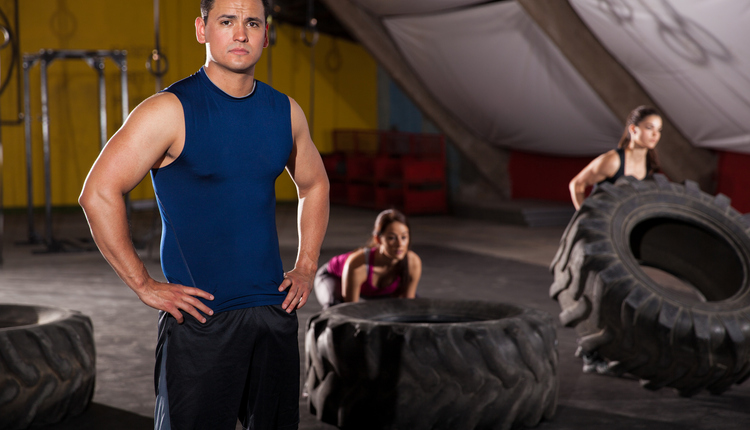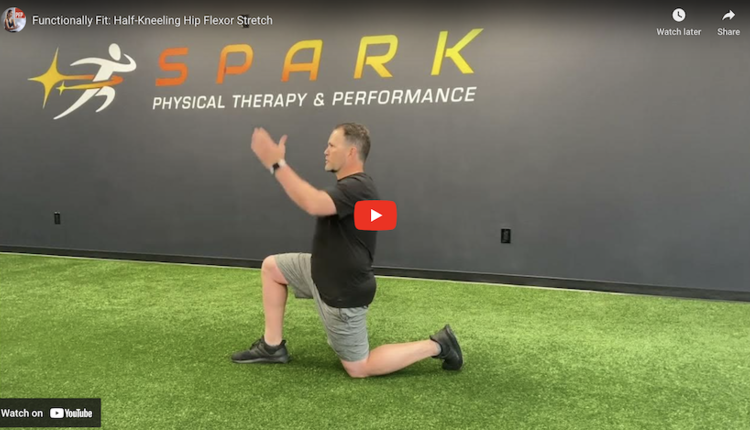
As I sit on my couch recovering from my fifth hip surgery at age 35 (second hip replacement), I find myself searching through pages of research, studies and suggestions for training clients with hip issues. Almost all of the resources I have found mention, or are focused on, training the senior demographic (65+ years of age). Rightly so, senior populations do have the highest hip injury rate among all populations. However, the gradual progression of aging should not guarantee hip issues as we enter the senior demographic. So, what are we missing? What is occurring during our “general fitness” demographic years (30 – 65 years of age) that is not preparing us appropriately for long-term hip care and longevity?
Seated strength?
Knowing the sitting situation that faces our society today, a large population of personal trainers still incorporate seated exercises into their program design. We see this mostly with the senior populations as we feel that these exercises are considered “low risk.” Another “low risk” position that can be utilized is kneeling or laying down on the floor. Nearly 65% of clients 65 years or age or older have issues getting up and down off the floor. By progressing our clients to the point of being able to get up and down without assistance and with confidence we will not only decrease their likelihood of falling but increase their hip health and overall ability.
Once our client has the ability to achieve positions kneeling or laying down on the floor we can introduce what we call, floor-based activities (FBAs) as they can provide a great alternative to having a client sit on a chair. FBAs are basically any traditional or not traditional movement that you can think of without the stabilizing force of a chair or guided machine. Let’s take a look at a few:
Some traditional and non-traditional FBA exercises can include:
Get-ups
- Unloaded (or variations of each progression of the get up)
- Loaded: kettlebells, dumbbells, sandbags, etc.
Glute bridges
- Single leg: loaded, unloaded, progressive loads (bands), elevated, etc.
- Both legs: loaded, unloaded, progressive loads (bands), elevated, etc.
Planks
- Bodyweight: Prone, supine, neutral (side), loaded or unloaded
Dumbbells
- Supine: floor press, pull overs, triceps extensions, etc.
- Prone: single-arm row, alternating rows, progressive rows, etc.
- Kneeling: overhead press, biceps curls, triceps kick back, shoulder raises, etc.
Progressive resistance (bands)
- Rows: high, low, neutral
- Presses: pronated, supinated, neutral, alternating, etc.
- Pulls: high, low, neural, alternating, straight arm, etc.
- Auxiliaries: curls, extensions, raises, pull downs, push downs, etc.
FBAs can pretty much take the place of any seated selectorized machine while providing the additional perks of increasing overall core strength. Stability and mobility are improved during FBAs as the body is now responsible for keeping proper posture and alignment while performing a movement. In many cases the selectorized machine does this for the client as they simply push, pull or press while seated. The client must stabilize their body by activating their core (trunk) muscles to produce all of the FBA movements.
FBAs incorporate the core and the activation of many muscles in the trunk however, they recruit a large number of muscles throughout the entire posterior chain as well. The calves, hamstring, glutes and erectors are all postural muscles that have to contract throughout any movement in which the body needs to be held upright. By “over-emphasizing” these postural muscles (the posterior chain) the clients body can begin to counter act the years or poor posture as a result of sitting too much and from overdeveloping the “see” muscles.




















